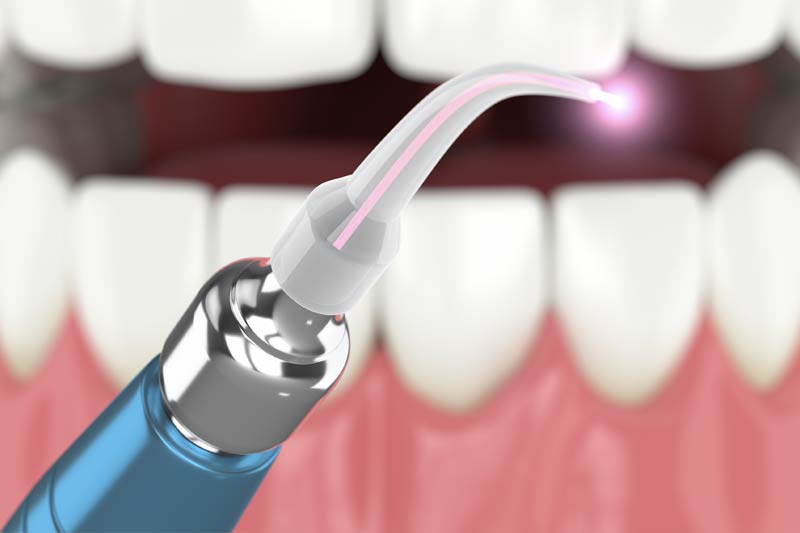Minimal Invasive Dentistry in Huntington Beach

Here at Huntington Beach Dentistry, we try whenever possible to practice minimally invasive dentistry for our patients. The primary goal of minimally invasive dentistry, or microdentistry, is to maintain a healthy tooth structure. The practice focuses on prevention, remineralization, as well as minimal dentist intervention. Using the latest in scientific advances, minimally invasive dentistry allows dentists to perform the minimum amount of dentistry needed while at the same time, never removing more of the tooth structure than necessary to restore teeth to their typical condition. Additionally, in minimally invasive dentistry, dentists use enduring materials that help conserve the maximum tooth structure so the need for future repairs is largely reduced.
How does it work?
To begin, your dentist will assess your overall risk for tooth decay. The presence of bacteria, quality and amount of saliva, and your diet are all contributors to tooth decay. Once evaluated, your dentist will then come up with a plan to prevent or reduce your risk for tooth decay. For example, if you have an elevated level of oral bacteria, you may be advised to use mouthwash daily, minimize your intake of certain carbohydrates, and practice good quality oral hygiene.
Minimally invasive dentistry techniques include:
Remineralization – This is the process of restoring minerals to your teeth. Fluoride plays a key roll in this process.
Air Abrasion –If decay is present and a tooth is unable to be remineralized, air abrasion is used to remove the decay. This uses a stream of air along with a very fine abrasive powder. When used instead of the typical drill, it may not require anesthesia of any sort.
Sealants – Dental Sealants are normally made from plastic resin and help protect your teeth from bacteria that cause decay. They fit into the grooves of your teeth and act as a barrier by protecting against plaque and acid. Sealants can be utilized at any time.
Inlays and Onlays – These are used in place of crowns because they require less of the tooth structure to be removed. Inlays are comparable to fillings except they are custom made. Onlays are used in the case where more substantial reconstruction is needed.
Bite Splints – Teeth grinding can cause serious damage that may require crowns. Dentists can create bite splints for you in order to prevent teeth grinding during your sleep.
